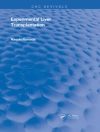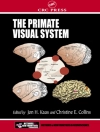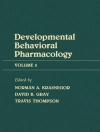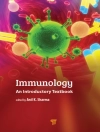After the discovery of the function of MHC molecules, namely to provide the context for T cell recognition of foreign antigens, in 1974 Zinkernagel and Doherty made the first drawing of MHC+X (Fig. 1 from Zinkernagel and Doherty, Nature, 251: 547, 1974). Over the next 18 years a very large number of similar drawings ensued, some of real artistic beauty. One side of the problem, the nature of the T cell receptor, was unraveled; however, we still do not know exactly what kind of a structure the T cell receptor recognizes, al- though in 1987 we learned so much about the structure of MHC molecules and antigen presentation. In schematic presentations no one is now placing the foreign antigen beside the MHC molecule, but rather on top of it, as pointed out by J. L. Strominger at the MHC + X meeting in Paris. The complex of MHC and antigen is named MHC + X, but the precise meaning of this formula remains a "problem perplex", as illustrated in these proceedings by Peter Par- ham. When planning the Ommen/Amsterdam meeting at the begin- ning of 1987, its major aim was seen as to discuss the question of whether MHC + X can induce antibodies and, consequently, their specificity. In other terms, whether – in analogy to antigen specific MHC restricted T cells – MHC restricted antibodies also exist.
Pavol Ivanyi
MHC + X [PDF ebook]
Complex Formation and Antibody Induction
MHC + X [PDF ebook]
Complex Formation and Antibody Induction
Koop dit e-boek en ontvang er nog 1 GRATIS!
Taal Engels ● Formaat PDF ● ISBN 9783642740268 ● Editor Pavol Ivanyi ● Uitgeverij Springer Berlin Heidelberg ● Gepubliceerd 2012 ● Downloadbare 3 keer ● Valuta EUR ● ID 6331914 ● Kopieerbeveiliging Adobe DRM
Vereist een DRM-compatibele e-boeklezer












